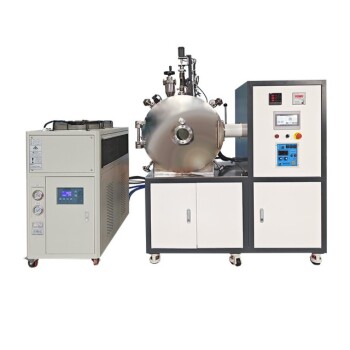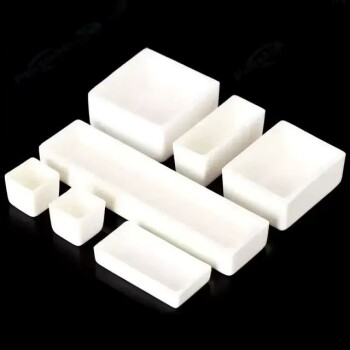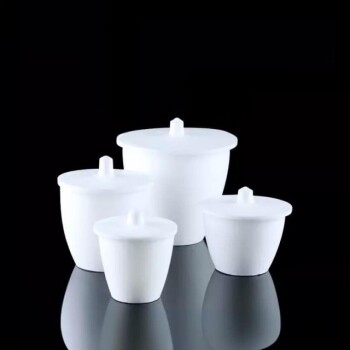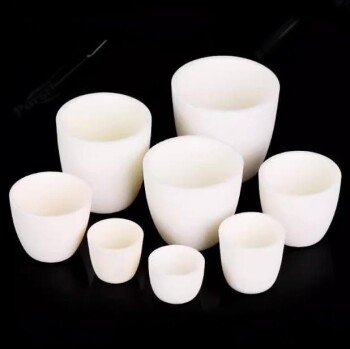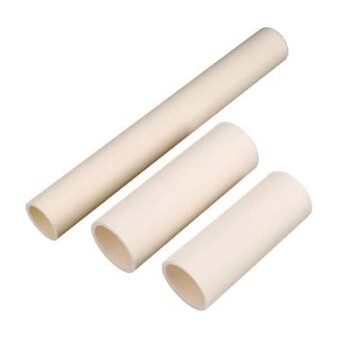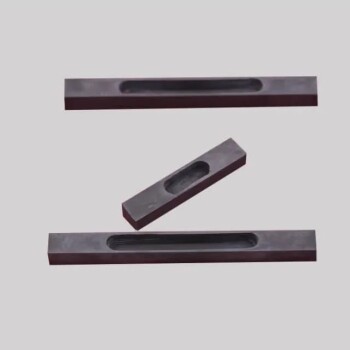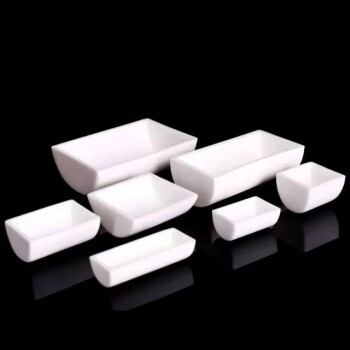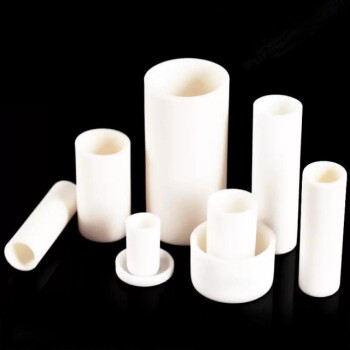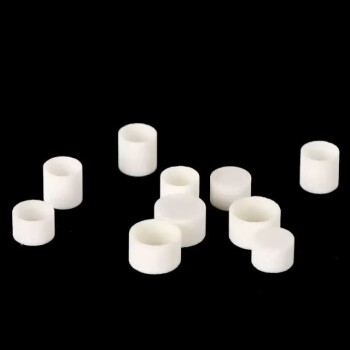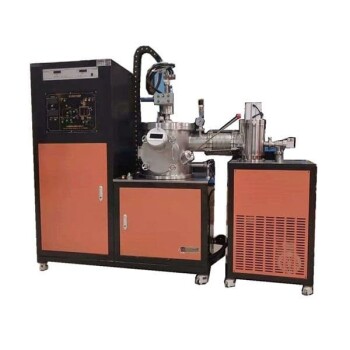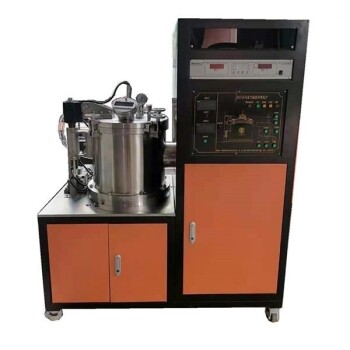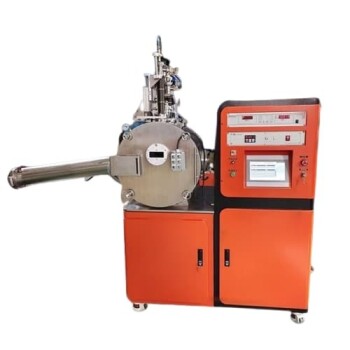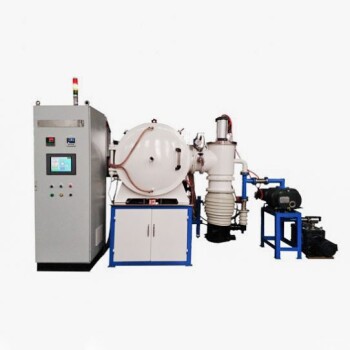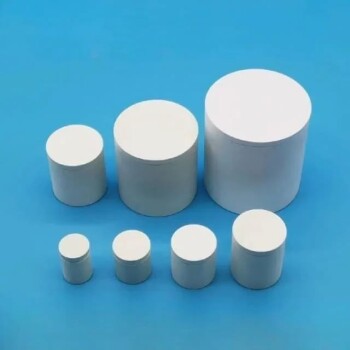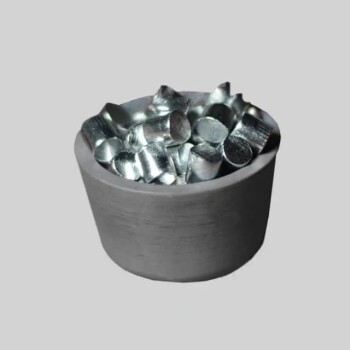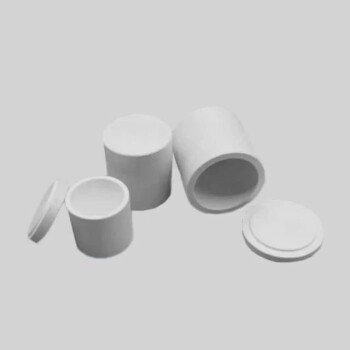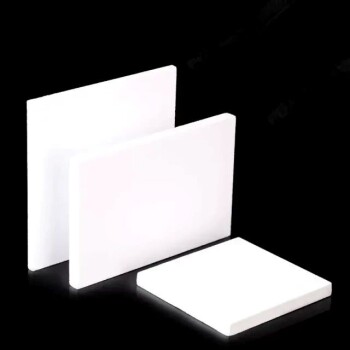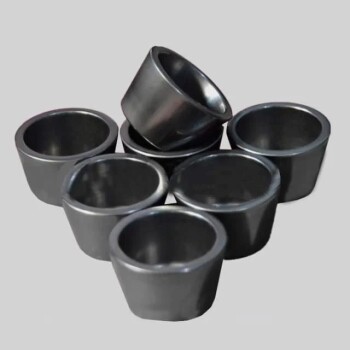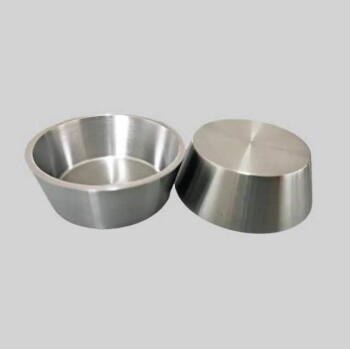Introduction to Alumina Crucibles
Performance Advantages of Alumina
Alumina (Al₂O₃) exhibits a range of performance advantages that make it an ideal material for alumina crucible refractory applications in vacuum induction melting furnaces. Its properties are particularly suited to withstand the harsh conditions of high-temperature melting processes.
Key Performance Advantages:
-
Electrical Insulation: Alumina provides excellent electrical insulation properties, which is crucial in preventing electrical shorts within the furnace environment.
-
Mechanical Strength: With high hardness and mechanical strength, Al2O3 ceramic crucibles can endure significant mechanical stresses without cracking or breaking.
-
Wear and Abrasion Resistance: The material's inherent resistance to wear and abrasion ensures that the crucible maintains its structural integrity over extended use.
-
Thermal Conductivity and Shock Resistance: Alumina boasts high thermal conductivity and thermal shock resistance, facilitating efficient heat distribution and reducing the risk of thermal stress-induced damage.
-
Chemical Stability: Alumina is resistant to strong acid and alkali attacks at high temperatures, ensuring that the crucible remains chemically inert and does not degrade under corrosive conditions.
-
Low Density: The low density of alumina contributes to a lighter crucible weight, which can be advantageous for handling and installation.
-
Microwave Transparency: Alumina's transparency to microwave radio frequencies is beneficial in specific melting processes that utilize microwave technology.
-
Compressive and Dielectric Strength: High compressive and dielectric strength further enhance the crucible's ability to withstand mechanical and electrical stresses.
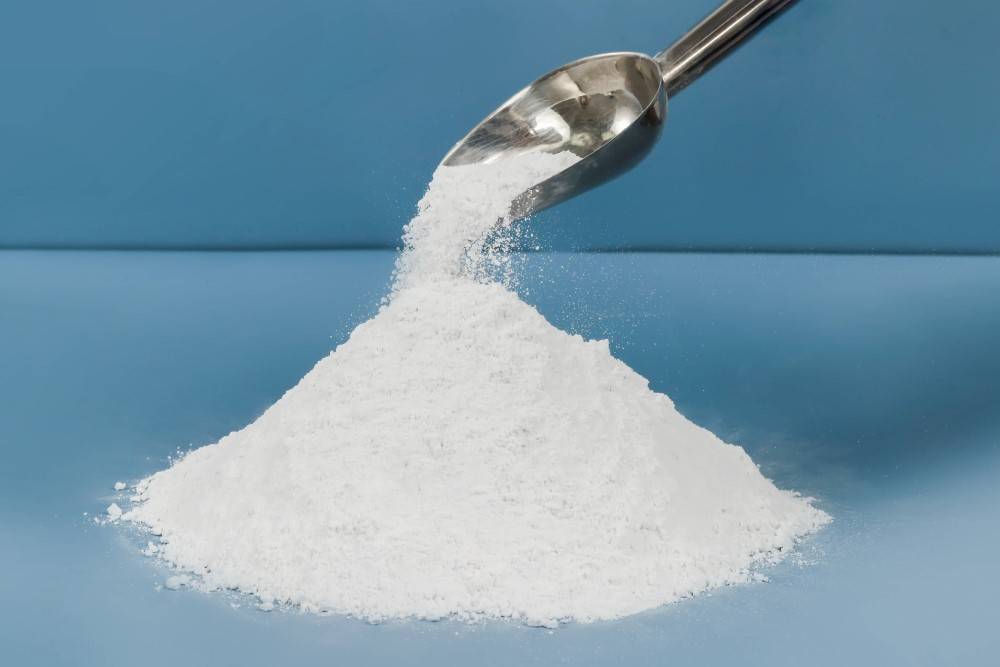
Specific Performance Requirements:
For vacuum induction melting furnaces, the composition of the alumina crucible refractory material must meet certain criteria to ensure optimal performance:
| Performance Requirement | Description |
|---|---|
| Thermal Stability | The material must maintain its structural integrity at high temperatures. |
| Low Outgassing | The crucible should minimize the release of gases during the melting process. |
| Chemical Inertness | Resistance to chemical reactions with molten metals and furnace atmospheres. |
| Mechanical Durability | Ability to withstand mechanical stresses without cracking or breaking. |
| Uniform Thermal Expansion | Consistent thermal expansion to prevent thermal shock-induced damage. |
These performance advantages and requirements collectively ensure that alumina crucibles provide reliable and durable service in vacuum induction melting furnaces, contributing to the overall efficiency and longevity of the melting process.
Formation of Aluminum-Magnesium Spinel Layer
Upon completion of the sintering process for the alumina crucible, a distinct layer of aluminum-magnesium spinel forms along the inner walls of the crucible. This spinel layer is a critical component that significantly enhances the crucible's performance in several key areas.
Firstly, the aluminum-magnesium spinel exhibits remarkable thermal stability. This characteristic ensures that the crucible can withstand extreme temperature fluctuations without degradation, thereby extending its operational lifespan. The thermal stability is crucial for maintaining the structural integrity of the crucible during high-temperature applications, such as those encountered in vacuum induction melting furnaces.
Secondly, the spinel layer is inherently easy to sinter. This property facilitates the formation of a cohesive and uniform layer during the sintering process, which is essential for achieving optimal performance. The ease of sintering not only simplifies the manufacturing process but also contributes to the consistency and reliability of the final product.
Moreover, the aluminum-magnesium spinel provides excellent resistance to thermal shock. This means that the crucible can endure rapid temperature changes without cracking or breaking, a feature that is indispensable for high-performance industrial applications. The enhanced thermal shock resistance ensures that the crucible remains functional and efficient even under the most demanding conditions.
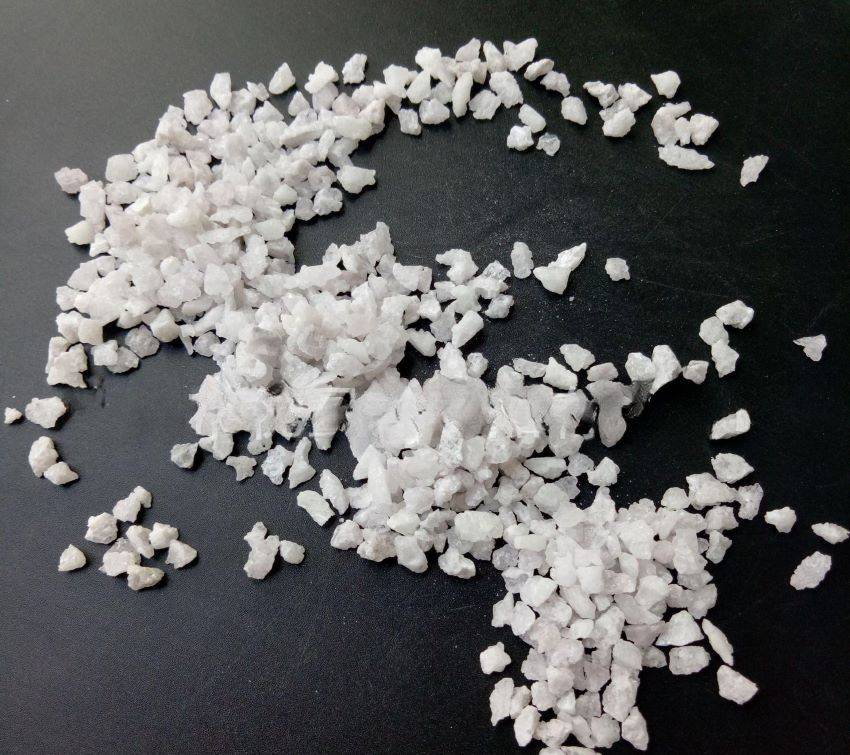
In summary, the formation of the aluminum-magnesium spinel layer on the inner walls of the alumina crucible is a pivotal step in the preparation process. This layer not only enhances the crucible's thermal stability and ease of sintering but also significantly improves its resistance to thermal shock, ultimately contributing to a longer service life and better overall performance.
Crucible Preparation Process
Crucible Pounding
The process control of the pounding of alumina crucibles is a critical step in ensuring their structural integrity and performance. This process involves several meticulous stages, each contributing to the overall quality of the crucible.
Resistant Material Selection:
The choice of resistant materials is paramount. High-purity Al2O3 ceramic is typically selected due to its exceptional thermal stability and resistance to chemical erosion. The material must meet stringent purity standards to prevent any contamination during the melting process.
Pounding Preparation:
Preparation involves the precise mixing of raw materials to achieve the desired consistency. This stage includes the addition of binders and plasticizers to enhance the formability of the mixture. The mixture is then subjected to a series of mechanical poundings to remove air bubbles and ensure a dense, homogeneous structure.
Discharge Stage:
Once the pounding is complete, the material is discharged into molds. The molds are carefully designed to match the specifications of the crucible, ensuring that the final product has the correct dimensions and shape. The material is allowed to settle and harden in the molds, forming the preliminary shape of the crucible.
Placement of Temperature Measuring Devices:
Critical to the process is the strategic placement of temperature measuring devices. These devices are embedded within the crucible to monitor temperature variations during the baking and sintering stages. Accurate temperature control is essential to prevent thermal stress and ensure the formation of the aluminum-magnesium spinel layer, which provides the crucible with its thermal shock resistance and long service life.
Each of these stages is meticulously controlled to ensure that the final product meets the high standards required for use in vacuum induction melting furnaces.

Crucible Baking and Sintering
The preparation of alumina crucibles for vacuum induction melting furnaces involves a meticulous process that combines non-vacuum baking with vacuum sintering. This dual-stage approach is crucial for ensuring that the refractory material within the crucible is fully baked and sintered, thereby minimizing outgassing during subsequent melting operations.
During the non-vacuum baking phase, the crucible is subjected to controlled heating conditions that facilitate the initial consolidation of the alumina particles. This stage is essential for driving off any residual moisture and volatile components, which can otherwise compromise the crucible's integrity and performance. The baking process is carefully monitored to ensure uniform heat distribution, preventing any localized overheating that could lead to structural weaknesses.
Following the non-vacuum baking, the crucible undergoes vacuum sintering, a process that further enhances its mechanical and thermal properties. Under vacuum conditions, the remaining gases within the crucible are evacuated, creating an environment that promotes the densification of the alumina material. This sintering process results in a highly dense and uniform structure, significantly reducing the outgassing rate when the crucible is used in high-vacuum melting furnaces.
The combination of these two processes ensures that the alumina crucible is not only fully baked and sintered but also possesses superior thermal stability and resistance to thermal shock. These attributes are critical for maintaining the crucible's integrity and extending its service life in demanding vacuum induction melting applications.
Crucible Use and Performance
Crucible Use Condition
The alumina crucible, post-sintering, has been utilized in production for a total of 21 furnace cycles. During these cycles, detailed records were kept of the maximum vacuum levels achieved in the melting chamber and the vacuum conditions maintained during the refining phase for each furnace operation. This data collection was instrumental in assessing the crucible's performance under various operational conditions.
The analysis of these records revealed several key insights:
- Vacuum Consistency: The crucible maintained a consistent level of vacuum throughout the refining period, indicating its effectiveness in minimizing outgassing.
- Operational Stability: The maximum vacuum achieved in the melting chamber remained stable across multiple furnace uses, suggesting the crucible's robust resistance to thermal degradation.
- Performance Metrics: By comparing the vacuum levels across different furnace cycles, it was possible to gauge the crucible's long-term performance and predict its remaining service life.
These observations underscore the crucible's reliability and its suitability for prolonged use in high-vacuum environments, which is crucial for maintaining the integrity and quality of the melting process.
Analyze and Discuss
The preparation process of alumina crucibles for vacuum induction melting furnaces involves several critical steps, each meticulously designed to ensure optimal performance and longevity. One of the primary concerns is the exclusion of moisture, which can significantly compromise the integrity of the crucible. Moisture, if not properly managed, can lead to the formation of bubbles during the sintering process, resulting in structural weaknesses that may cause the crucible to fail under high-temperature conditions.
Temperature monitoring is another pivotal aspect of the process. By maintaining precise control over the baking and sintering temperatures, manufacturers can ensure that the Al2O3 ceramic material reaches its optimal densification without undergoing thermal shock or excessive stress. This careful temperature management not only enhances the crucible's thermal stability but also extends its service life by preventing premature degradation.
Moreover, the process is designed to minimize the risk of damage and contamination. The absence of foreign materials and the use of high-purity alumina ceramic in the crucible's construction are key factors that contribute to its resistance to chemical reactions and physical damage. This ensures that the crucible remains a pristine environment for the melting process, free from impurities that could affect the quality of the final product.
In summary, the meticulous attention to moisture exclusion, temperature monitoring, and contamination control during the preparation of alumina crucibles not only enhances their performance in vacuum induction melting furnaces but also ensures their reliability and long-term effectiveness.
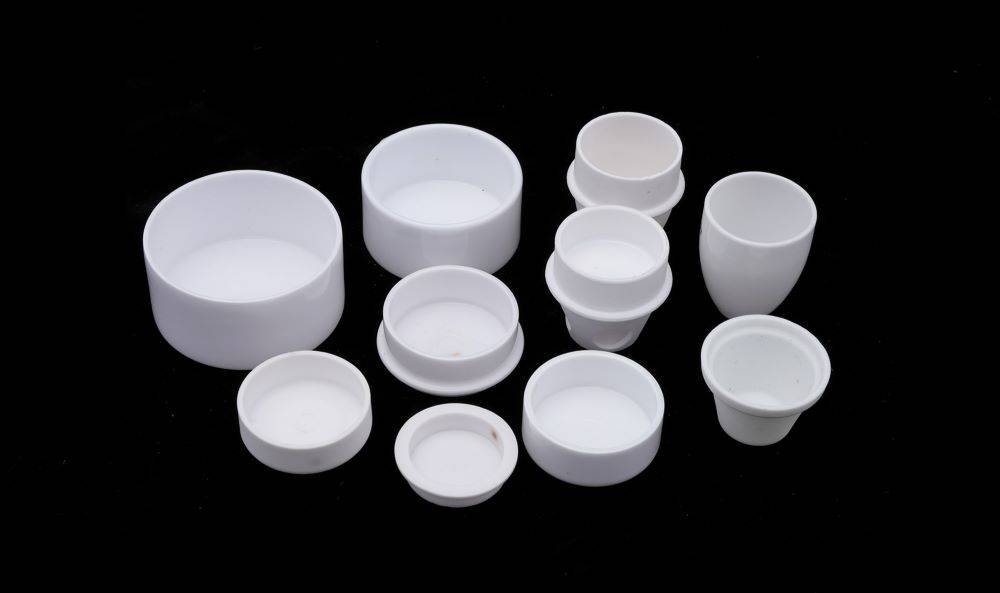
Conclusion
Summary of Benefits
The alumina crucible, meticulously crafted through the vacuum induction melting furnace process and subsequent sintering, boasts a strategically placed aluminum-magnesium spinel layer on its inner walls and base. This layer is not merely a passive addition but a critical component that significantly enhances the crucible's operational durability.
Firstly, the aluminum-magnesium spinel layer provides exceptional anti-erosion properties. This is crucial in environments where the crucible is exposed to high-velocity metal flows and corrosive elements, ensuring that the crucible maintains its structural integrity over extended use.
Secondly, the thermal shock stability of the spinel layer is paramount. It allows the crucible to withstand rapid temperature fluctuations without cracking or degrading, a feature that is indispensable for maintaining consistent performance in high-temperature industrial applications.
Additionally, the high-temperature resistance of the spinel layer ensures that the crucible remains effective even under extreme thermal conditions. This resistance not only extends the crucible's lifespan but also supports its ability to handle continuous, high-intensity operations.
In summary, the aluminum-magnesium spinel layer is a game-changer, offering a robust defense against erosion, thermal shock, and high temperatures. This not only ensures the crucible's longevity but also sets the stage for reliable and consistent performance over an extended furnace age.
Related Products
- Lab-Scale Vacuum Induction Melting Furnace
- Engineering Advanced Fine Alumina Al2O3 Ceramic Crucible for Laboratory Muffle Furnace
- Custom Machined and Molded PTFE Teflon Parts Manufacturer with PTFE Crucible and Lid
- Arc-Shaped Alumina Ceramic Crucible High Temperature Resistant for Engineering Advanced Fine Ceramics
- High Temperature Alumina (Al2O3) Furnace Tube for Engineering Advanced Fine Ceramics
Related Articles
- How Vacuum Induction Melting Powers Superior Material Performance in Critical Industries
- Vacuum Melting Furnace: A Comprehensive Guide to Vacuum Induction Melting
- How Vacuum Induction Melting Prevents Catastrophic Material Failures in Critical Components
- How Vacuum Induction Melting Outperforms Traditional Methods in Advanced Alloy Production
- How Vacuum Induction Melting Ensures Unmatched Reliability in Critical Industries

